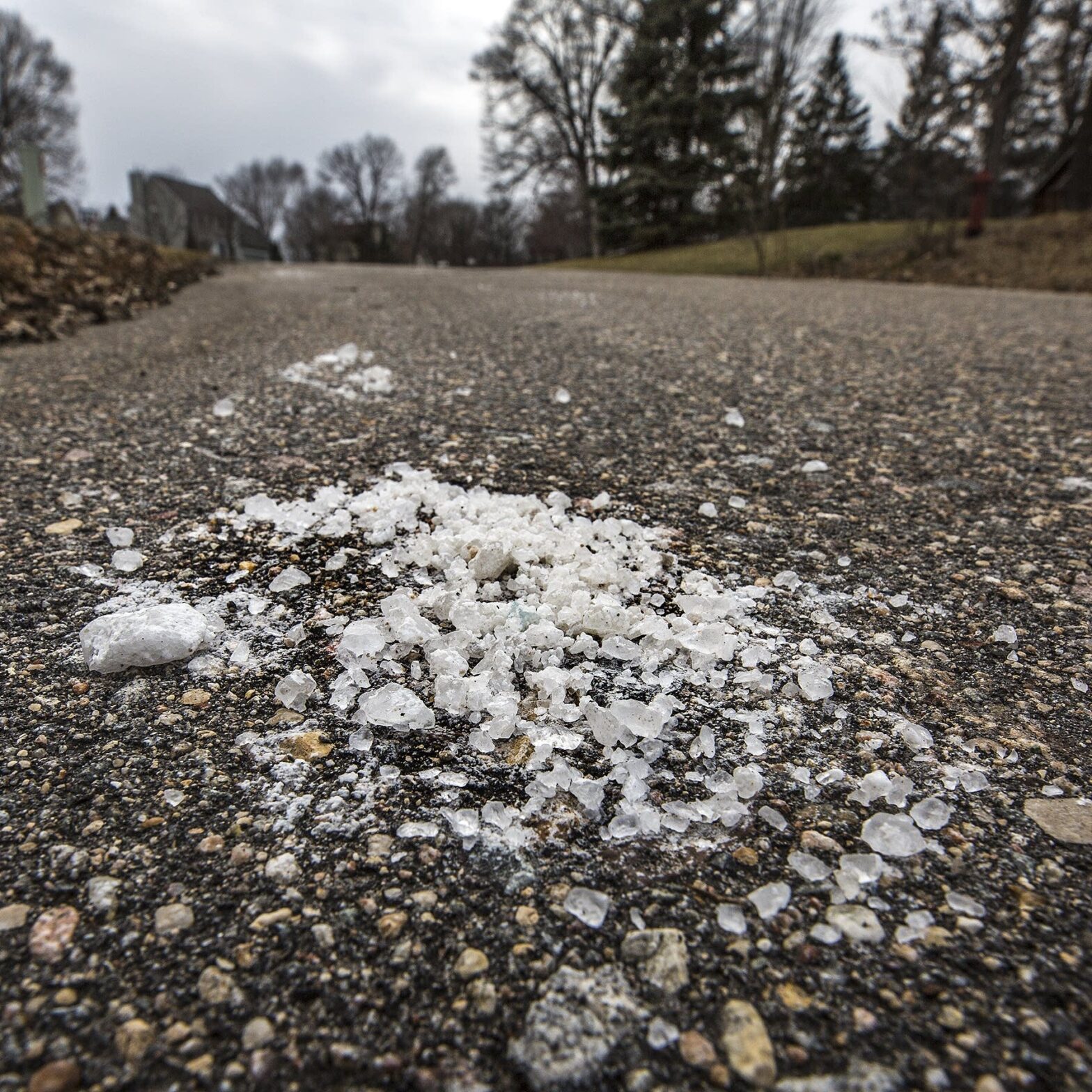How Salt Melts Away Winter Worries

As winter blankets Southern Ontario in a frosty embrace, the battle against ice and snow takes centre stage. Snow removal companies and homeowners alike turn to a simple yet powerful ally: salt. But have you ever wondered about the science behind this common de-icing agent?
At its core, the process involves leveraging the unique properties of salt to lower the freezing point of water. Salt, typically in the form of sodium chloride (NaCl), disrupts the formation of ice crystals by intervening in the delicate dance between water molecules. When salt is applied to icy surfaces, it begins to dissolve upon contact with the thin layer of liquid water that sits atop the ice.
The key to salt’s effectiveness lies in its ability to form a solution with water. As salt molecules disperse in the liquid, they interfere with hydrogen bonding between water molecules. This interference hinders the orderly arrangement necessary for ice crystal formation. The result? The freezing point of the water drops, allowing the existing ice to melt and preventing further freezing at the surface.
Salt, being an ionic compound, breaks down into positively charged sodium ions and negatively charged chloride ions when dissolved in water. This dissociation means that one molecule of salt yields two ions, effectively doubling the number of solute particles in the solution.
As a result of this increased particle concentration, the freezing point depression becomes more pronounced. In practical terms, a salt concentration of around 20% can lower the freezing point of water to as low as -6 degrees Celsius. This means that even in sub-zero temperatures, the saltwater solution remains in a liquid state, preventing the formation of ice.
While salt is undoubtedly a powerful ally in the battle against icy conditions, it’s essential to understand its limitations. The efficacy of salt as a de-icer diminishes as temperatures drop further. In extremely cold environments, alternative de-icing methods or combinations of materials may be necessary to maintain safe road conditions.
Moreover, the environmental impact of widespread salt application has garnered attention. Runoff from melted ice carrying excess salt can find its way into water bodies, potentially harming aquatic ecosystems and vegetation. Striking a balance between effective ice removal and environmental responsibility is an ongoing challenge for communities that heavily rely on salt for winter maintenance.
Paramount is continually exploring innovative solutions to address these concerns. Developing smart road salt application systems to optimize usage based on weather conditions is a continuous mission. Paramount Landscaping only uses what is needed on any particular day, being careful not to harm the surrounding environment. We are Smart About Salt certified and take every precaution we can to ensure we minimize our impact on the environment.
The science behind salt as a de-icing agent is a fascinating exploration of chemistry in action. Understanding the principles of freezing point depression and colligative properties unveils the mechanism by which salt transforms icy landscapes into safer environments during the winter months. As technology advances and environmental considerations take centre stage, the quest for more effective and sustainable de-icing methods continues to evolve.


